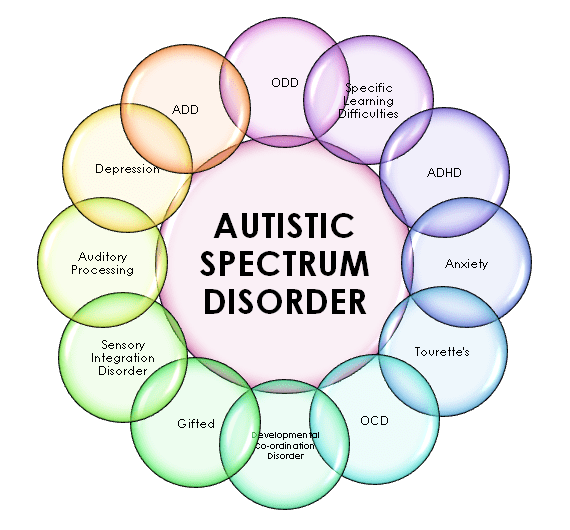Autism Spectrum Disorder (ASD) was first diagnosed in the 1950’s with current rates continually increasing.
What is ASD?
ASD is a neurodevelopmental disorder with an onset before the age of three, however may not manifest itself until later in life. Children with ASD are less able to interact with the world as other children typically do, which often leads to a lack of physical activity.
Importance of Exercise
In 2011, exercise was added to the evidence based practice list for individuals with ASD. This is to improve motor impairments often seen. Children with ASD can demonstrate abnormalities in fine and gross motor skills, gait, balance and co-ordination.
Exercise has been shown to:
- Improve motor development and physical fitness
- Decrease in repetitive, and self-injurious behaviours
- Improve cognition
- Improve academic performance
- Increase community participation and social interaction
- Create an avenue for developing friendships and relationships within the community
- Decrease lifestyle disease risk
What type of exercise is best?
Cardiovascular exercise and resistance training with supervision everyday, a total of 60 minutes is recommended, however this can be broken up throughout the day.
Exercises that includes fundamental movement skills – running, catching, kicking, leaping, throwing and jumping.
Most importantly, ASD is a spectrum of abilities and challenges that we love to work with, our Exercise Physiologists here at Torquay Sports Medicine have a passion for helping children and adults with ASD to improve day to day function whilst making exercise fun!
Any questions, please do not hesitate to get in touch [email protected].
Jess Henderson
Exercise Physiologist
